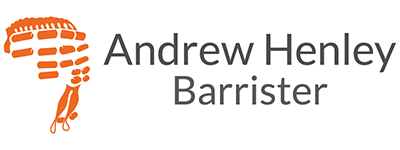Following success yesterday in a drink-driving case, where I managed to argue ‘special reasons’ and assist a client to avoid an obligatory disqualification from driving, it would be tempting to over-inflate the success in promotion of my practice. The smart and experienced professional knows, however, that so much depends on the circumstances. The skill is using those circumstances to maximum effect.
In this particular matter, my client was charged before the Guildford Magistrates’ Court with drink-driving: driving a motor vehicle on a road after consuming so much alcohol that the proportion of it in his blood exceeded the prescribed limit. This offence is contrary to section 5(1)(a) of the Road Traffic Act 1972, as amended.
The prescribed limit is 35 µg in 100 mL of breath. Evidence of the amount of alcohol consumed is produced from a sample of breath analysed by the intoximeter machine at the police station. Before and after the breath sample is provided, the machine self-calibrates to check that it is working correctly. The police do not prosecute unless the reading is 40 µg or above – 5 µg’s above the legal limit! The reason for this concession is to take account of any variation in the working of the machine. The officer will provide a printout from the machine, which looks like a till receipt and provides evidence of the highest and lowest alcohol readings and confirmation of the calibration checks. The lower of the two readings is used as evidence in any proceedings.
In this particular case, the reading was 40 µg, exactly on the limit, and the client faced obligatory disqualification. Avoiding disqualification is possible — but quality lawyers are not in the game of providing defences for the client to choose! (Those who do, risk one day being caught in a ‘sting’ operation and finding themselves facing a charge of attempting to pervert the course of justice.) After being charged with drink driving, My client found out that he drinks had been ‘laced’, a fact that he was not aware of at the time he was drinking. This could amount to a defence.
In order to advance the ‘laced’ drinks defence, credible evidence has to be presented to the court. The issue has to be proved, by the defence, on balance of probabilities. There also has to be expert medical or scientific evidence.
On this occasion, the evidence was sufficient to persuade the Magistrates’ Court that the client did not know his drinks had been ‘laced’, and he avoided being disqualified from driving.
A quality lawyer, whether barrister or solicitor, applies the facts to the law and then, at court, communicates those facts in a way which is most persuasive to a client’s case. If you are in need of such a lawyer, please contact us.
Andrew Henley
3000 Cathedral Hill
Guildford
Surrey
GU2 7YB
